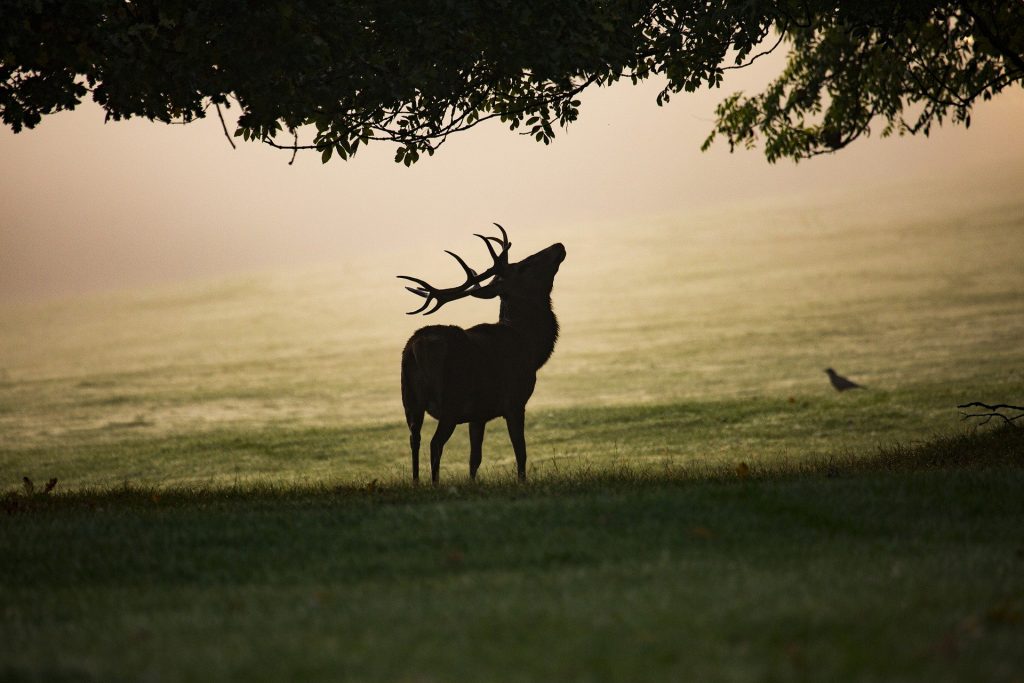My dad would always say “The work begins once you pull the trigger.” I’m sure this quote did not originate with my dad. Here in America it is assumed that your harvest – be it deer, turkey, grouse, or woodcock – is yours to prepare and enjoy. Wild game has been served many a time at my table to family and friends.
But what if your deer wasn’t your deer? In many countries outside North America, just because you kill it doesn’t mean it’s yours to keep. In Europe, wild game is the property of the landowner and although you may have been given or even paid for the right to hunt, you may not be able to keep the meat.
That’s because in Europe wild game is something that can be bought and sold and served in restaurants. And wild game can be an important source of revenue for landowners of large estates. (We can debate the merits of this type of management system at a later date.)
In the U.S., meat processing is regulated by the USDA. All animals are inspected before slaughter and all carcasses are inspected after slaughter. Consequently, animals cannot be slaughtered, and meat cannot be processed if an inspector is not present. Any meat that was slaughtered or processed without inspection is considered adulterated and cannot be sold.
This is not the case in Europe. The human consumption aspect of harvested wild game necessitates a unique chain of custody. The system that exists in Scotland can trace wild red deer meat back to the hunter that pulled the trigger. That means care must be taken in how the animal is killed, field dressed, transported, and processed.
Take a look at the video below on how a wild stag is field dressed. My daughter and I watched it several times. There are a number of techniques that were unfamiliar to us. Not to mention some terms!
For example, “gralloch” is Scottish Gaelic for the entrails of an animal. And “pluck” refers to the lungs, heart, and liver – key ingredients for authentic Scottish haggis.
What I found fascinating was how the chest cavity is drained of blood with the animal facing downhill followed by the esophagus being tied off so that the stomach and entrails can be removed without cutting the diaphragm. This essentially eliminates blood in the body cavity and the digestive tract can be visually inspected for any abnormalities. Finally, the large intestine is stripped of feces, cut, and tied off.
Done correctly, the pluck stays with the carcass and the body cavity is rinsed only to remove blood with no contamination from the contents of the stomach or intestines. The hide protects most of the meat from contamination while removing the carcass from the field.
This approach to field dressing a deer has given me something to think about and try the next time I pull the trigger. I may be changing how I do things!
-Duane Diefenbach
P.S. Not that I plan to use the pluck anytime soon to make haggis but we do save the heart. Here’s a recipe that we have adapted.
